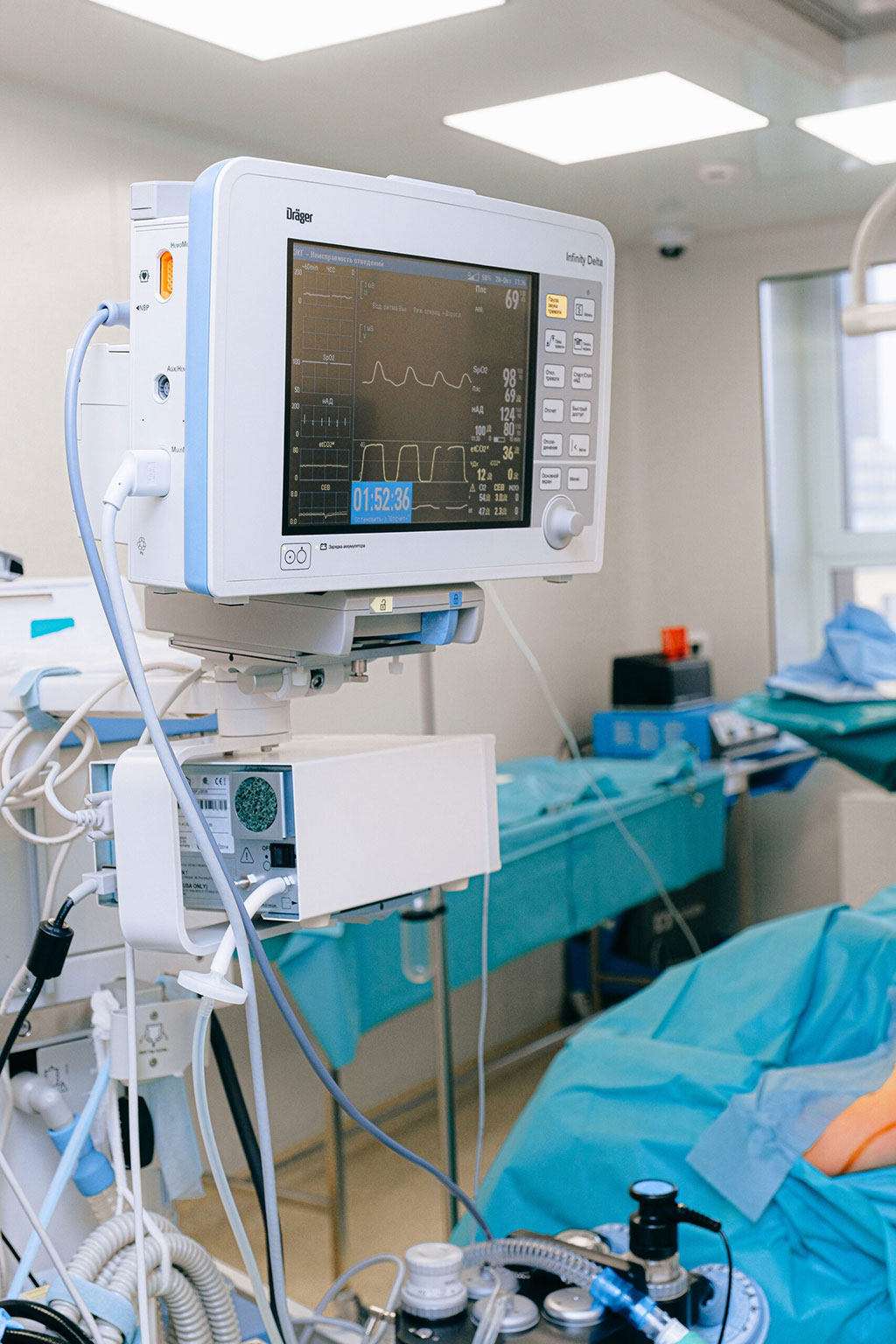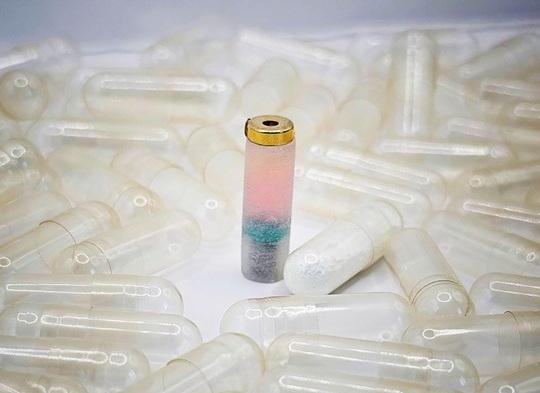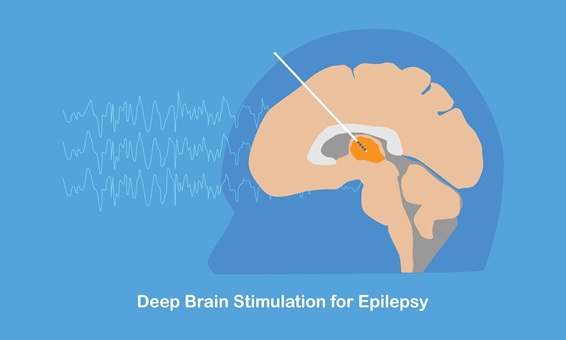Use of Non-Invasive Breathing Support to Treat COVID-19 Does Not Increase Infection Risk, Finds Study
|
By HospiMedica International staff writers Posted on 09 Nov 2021 |

New research has found that the use of non-invasive breathing support to treat moderate to severe COVID-19 infection, isn’t linked to a heightened infection risk, as currently thought.
The study by researchers at Queen’s University Belfast (Belfast, Northern Ireland) shows the use of non-invasive breathing support, commonly known as continuous positive airways pressure (CPAP) and high-flow nasal oxygen (HFNO), produced little measurable air or surface viral contamination, and not more than simple oxygen therapy.
CPAP delivers a steady level of pressurised air and oxygen through a face mask to assist breathing; HFNO delivers oxygen at high flow rate through two small tubes in the nose. Both CPAP and HFNO have been thought to be ‘aerosol generating procedures’ which expose healthcare staff and other patients to a heightened infection rate. CPAP and HFNO have been thought to generate particles containing virus capable of contaminating the air and surfaces nearby, necessitating additional infection control precautions such as segregating patients and wearing protective gear to prevent the risk of aerosol transmission.
The research involved 30 patients with moderate to severe COVID-19 across three hospitals in the UK. The patients were divided into three groups of 10 and given either supplemental oxygen, CPAP, or HFNO to compare the amount of air and surface environmental contamination with SARS-CoV-2. Each patient was swabbed for SARS-CoV-2 and had three air and three surface samples collected from the immediate vicinity where healthcare workers provide care. The presence of viral RNA was detected by PCR targeting two viral genes, and positive or suspected-positive samples were then cultured for any demonstration of viable virus.
Overall, 21 (70%) patients tested positive for SARS-CoV-2 by PCR nasopharyngeal swab at the time of assessment. But only 4 out of 90 (4%) air samples were PCR positive. Neither the use of CPAP nor HFNO nor coughing were associated with significantly more environmental contamination than supplemental oxygen use. Of the total of 51 positive or suspected-positive samples by viral PCR detection, only one sample from the nasopharynx of an HFNO patient was shown as biologically viable in cell culture assay. The study has prompted the researchers to call for a thorough reassessment of the infection control measures deployed for the non-invasive ventilation support methods.
“Our study builds on the combined work of ISARIC and the RECOVERY-RS trial, which looked at COVID-19 admissions and the use of non-invasive ventilatory support, or NIV, to treat moderate-to-severe disease,” said Dr. Christopher Green, Consultant Physician in Infectious Diseases at University Hospitals Birmingham NHS Foundation Trust and Senior Clinical Lecturer at the University of Birmingham. “Although more research is needed to confirm our findings, this is the first indication that NIV care such as CPAP or HFNO may not justify their current classification of being 'aerosol-generating' procedures.”
Related Links:
Queen’s University Belfast
Latest COVID-19 News
- Low-Cost System Detects SARS-CoV-2 Virus in Hospital Air Using High-Tech Bubbles
- World's First Inhalable COVID-19 Vaccine Approved in China
- COVID-19 Vaccine Patch Fights SARS-CoV-2 Variants Better than Needles
- Blood Viscosity Testing Can Predict Risk of Death in Hospitalized COVID-19 Patients
- ‘Covid Computer’ Uses AI to Detect COVID-19 from Chest CT Scans
- MRI Lung-Imaging Technique Shows Cause of Long-COVID Symptoms
- Chest CT Scans of COVID-19 Patients Could Help Distinguish Between SARS-CoV-2 Variants
- Specialized MRI Detects Lung Abnormalities in Non-Hospitalized Long COVID Patients
- AI Algorithm Identifies Hospitalized Patients at Highest Risk of Dying From COVID-19
- Sweat Sensor Detects Key Biomarkers That Provide Early Warning of COVID-19 and Flu
- Study Assesses Impact of COVID-19 on Ventilation/Perfusion Scintigraphy
- CT Imaging Study Finds Vaccination Reduces Risk of COVID-19 Associated Pulmonary Embolism
- Third Day in Hospital a ‘Tipping Point’ in Severity of COVID-19 Pneumonia
- Longer Interval Between COVID-19 Vaccines Generates Up to Nine Times as Many Antibodies
- AI Model for Monitoring COVID-19 Predicts Mortality Within First 30 Days of Admission
- AI Predicts COVID Prognosis at Near-Expert Level Based Off CT Scans
Channels
Critical Care
view channel
Swallowable Pill-Sized Bioprinter Treats GI Tract Injuries
Soft tissue injuries in the gastrointestinal tract, such as ulcers and hemorrhages, are typically treated through invasive surgical procedures that carry high risks and do not always result in permanent repair.... Read more
Personalized Brain “Pacemakers” Could Help Patients with Hard-To-Treat Epilepsy
Epilepsy affects more than 50 million people worldwide, and nearly one-third of them do not respond to available medications. For many patients, seizures originate in brain areas responsible for essential... Read moreSurgical Techniques
view channel
Minimally Invasive Endoscopic Surgery Improves Severe Stroke Outcomes
Intracerebral hemorrhage, a type of stroke caused by bleeding deep within the brain, remains one of the most challenging neurological emergencies to treat. Accounting for about 15% of all strokes, it carries... Read more
Novel Glue Prevents Complications After Breast Cancer Surgery
Seroma and prolonged lymphorrhea are among the most common complications following axillary lymphadenectomy in breast cancer patients. These postoperative issues can delay recovery and postpone the start... Read morePatient Care
view channel
Revolutionary Automatic IV-Line Flushing Device to Enhance Infusion Care
More than 80% of in-hospital patients receive intravenous (IV) therapy. Every dose of IV medicine delivered in a small volume (<250 mL) infusion bag should be followed by subsequent flushing to ensure... Read more
VR Training Tool Combats Contamination of Portable Medical Equipment
Healthcare-associated infections (HAIs) impact one in every 31 patients, cause nearly 100,000 deaths each year, and cost USD 28.4 billion in direct medical expenses. Notably, up to 75% of these infections... Read more
Portable Biosensor Platform to Reduce Hospital-Acquired Infections
Approximately 4 million patients in the European Union acquire healthcare-associated infections (HAIs) or nosocomial infections each year, with around 37,000 deaths directly resulting from these infections,... Read moreFirst-Of-Its-Kind Portable Germicidal Light Technology Disinfects High-Touch Clinical Surfaces in Seconds
Reducing healthcare-acquired infections (HAIs) remains a pressing issue within global healthcare systems. In the United States alone, 1.7 million patients contract HAIs annually, leading to approximately... Read moreHealth IT
view channel
Printable Molecule-Selective Nanoparticles Enable Mass Production of Wearable Biosensors
The future of medicine is likely to focus on the personalization of healthcare—understanding exactly what an individual requires and delivering the appropriate combination of nutrients, metabolites, and... Read moreBusiness
view channel
Philips and Masimo Partner to Advance Patient Monitoring Measurement Technologies
Royal Philips (Amsterdam, Netherlands) and Masimo (Irvine, California, USA) have renewed their multi-year strategic collaboration, combining Philips’ expertise in patient monitoring with Masimo’s noninvasive... Read more
B. Braun Acquires Digital Microsurgery Company True Digital Surgery
The high-end microsurgery market in neurosurgery, spine, and ENT is undergoing a significant transformation. Traditional analog microscopes are giving way to digital exoscopes, which provide improved visualization,... Read more
CMEF 2025 to Promote Holistic and High-Quality Development of Medical and Health Industry
The 92nd China International Medical Equipment Fair (CMEF 2025) Autumn Exhibition is scheduled to be held from September 26 to 29 at the China Import and Export Fair Complex (Canton Fair Complex) in Guangzhou.... Read more

















